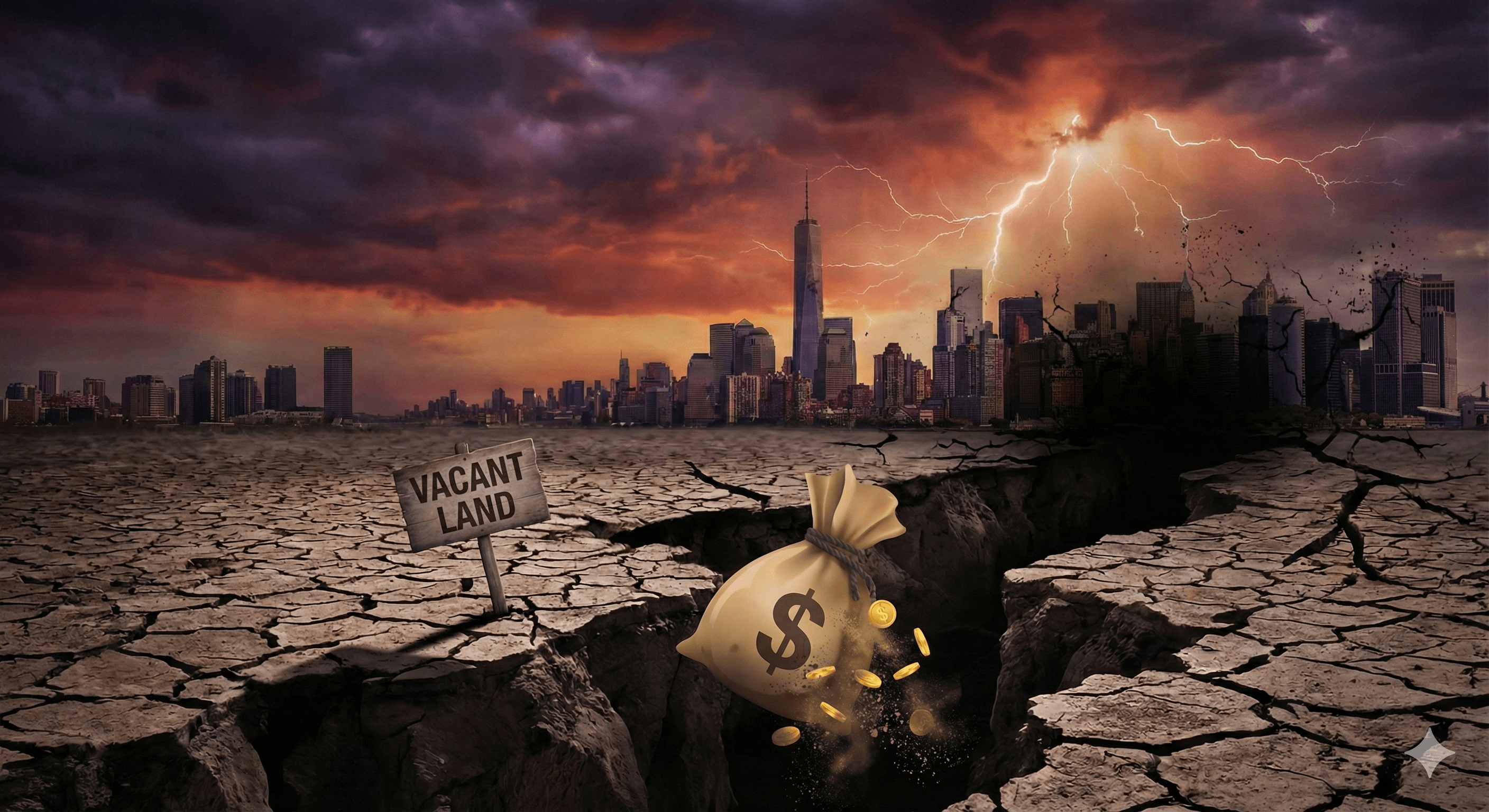Empty nests make for empty streets and shopping malls. When children grow up and need to move away, they leave ghost suburbs behind. The retired, and the retiring, are holding on to family homes in spite of the families who desperately need them, and ultimately in spite of themselves.

A recent report by the Australian Population Research Institute confirms that baby boomers occupy more than 50 to 60 per cent of freestanding houses in the middle suburbs of Sydney and Melbourne, and they hold on until at least 75 before they consider moving. “Few of these older households show much interest in downsizing or any need to do so because of ill health, care needs or partner death.”
It’s a mannequin world. You can leave the TV running all day to hear a human voice. You can even talk to an old neighbour on the footpath. But that doesn’t make up for the fact that where before we had lively communities, we now have empty yards, and empty streets.

In a previous era, their big backyards and little houses were great for the kids playing outside. Today, they may have some flower gardens around the edges and a washing line, but most of the land is just empty, unoccupied grasslands.
Our elders collect knick knacks and photos to remember good times with family and friends. Their generation holds particular regard for objects as symbolic mementos. Their children don’t have time, or space for nostalgia though. With their own kids now, they spend longer hours at work, desperately trying to finance astronomically priced houses, and further hours stuck in traffic to get home.

It’s the parents of today that are wearing the cost of our best suburbs becoming ghost suburbs. They raise the children, they work the longer hours than their parents and pay the bigger mortgages. Young families can choose to raise their children in a flat, as the APRI report indicates 1 in 3 Sydney mothers already do, or move to the city fringes and endure ever increasing commute times.
We’re quick to blame Chinese investors, immigrants or even refugees for our housing woes, but the data is in, and it’s our parents and grandparents who are hoarding the housing stock.
The National Seniors Australia lobby group has described any suggestion that retirees make way for families as “offensive”, and suggested that a better solution would be for unit block developers to find space for one yard which could be shared by the dozens of families in a block of flats. “Have planners thought about a community garden area?” This is even harder to swallow when the lobby has cited seniors’ need for backyards for their grandchildren to play in as a reason they can’t possibly downsize.

You could accuse suburban empty-nesters of being selfish but the sad thing is, they’re not even acting in their own interests. They hold onto their quarter acre until the bitter end, but they can’t take it with them when they go. Like frogs being slowly boiled, they see less and less of their friends and slip into self-imposed prisons. Studies have found that social isolation is the leading concern for older people living at home, that reduced mobility and fear of crime is isolating them in their houses and that socially isolated seniors have an increased risk of early death regardless of their health and demographic background.

The property boom has been kind to our seniors, and they can afford space in a free market that young families cannot. They don’t want to risk their pension eligibility by liquidating their houses and they don’t want to pay the cost of stamp duties in downsizing. It’s their children and grandchildren who are paying the cost though. It costs parents time with their children. It costs the young in high rents and being priced out of the property market. Perhaps the biggest cost is truly paid by the elderly themselves – it costs them a community. Hanging on to their ghost suburbs has repeatedly been linked in studies to social isolation and, in turn, an increased risk of earlier death.



.png)
